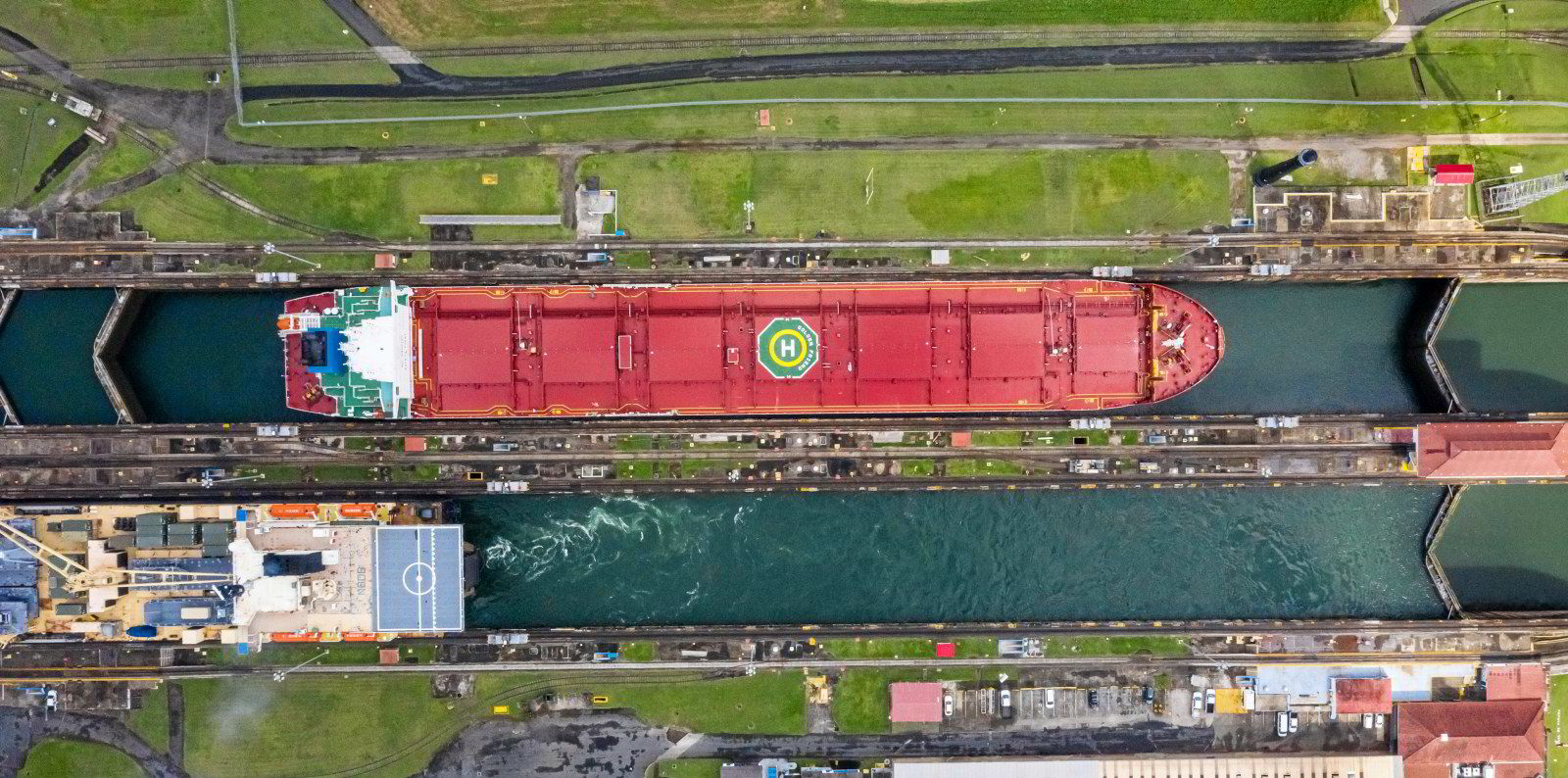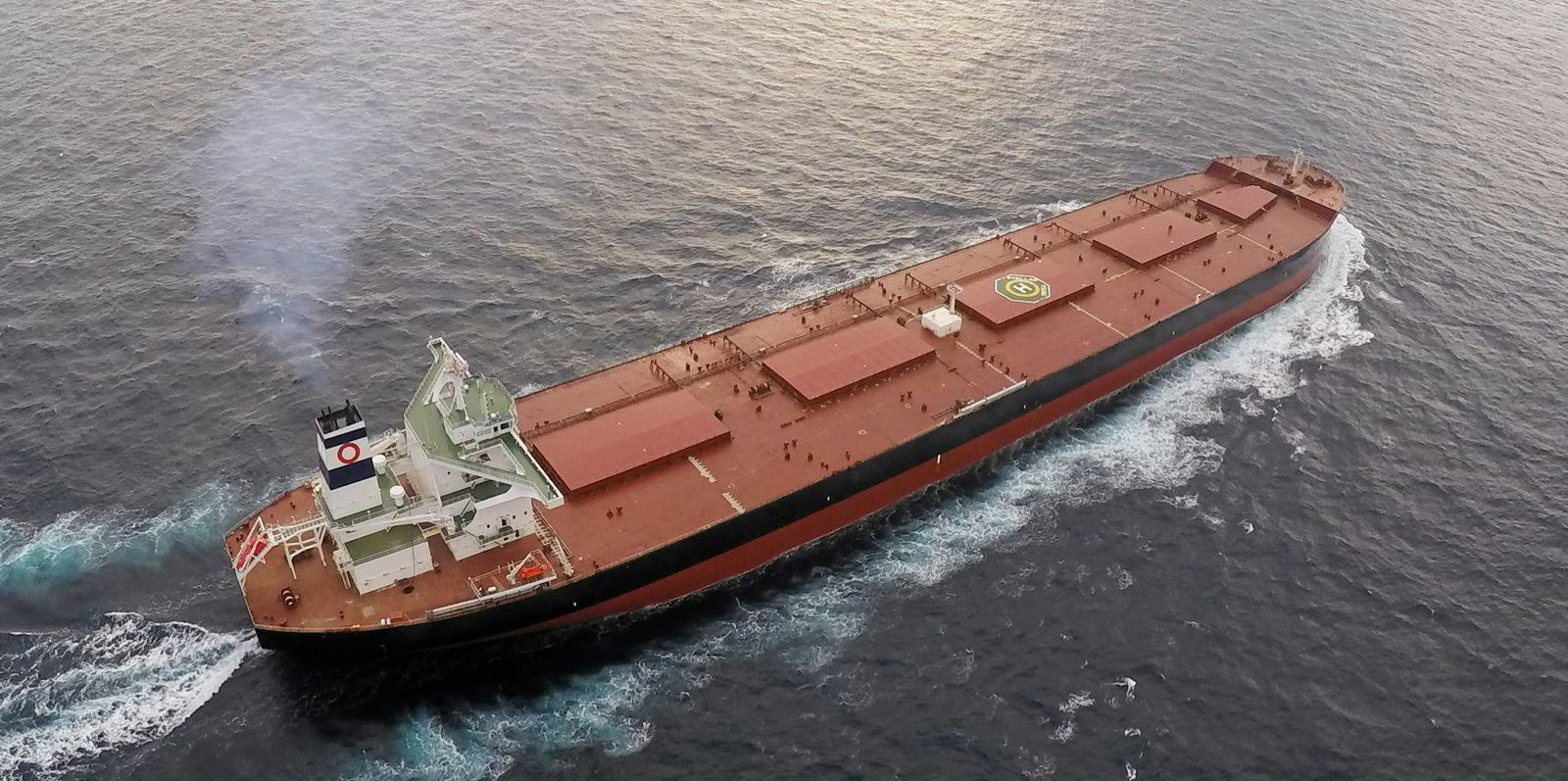Will there be more muted seasonality in the capesize bulk carrier market in years to come?
Norwegian bulker owner Golden Ocean Group thinks it is possible.
The key is bauxite. Export volumes of the ore, the key component in production of aluminium, have been rising steadily.
“Last year, the iron ore tonne-mile [demand] was down about 3%. However, with the aid of other commodities — much thanks to Guinean bauxite — the overall tonne-mile for capes increased 3% in 2022,” Lars Christian Svensen said on Tuesday during his first earnings call as Golden Ocean’s interim chief executive.
The capesize market conventionally sees lower volumes transported and freight rates during the first quarter of the year, while the wet season in Brazil halts iron ore exports and port terminals conduct annual maintenance.
But as bauxite volumes ramp up, the gap between tonne-mile demand for the transport of Brazilian iron ore and of Guinean bauxite narrows every year.
Exports of bauxite from Guinea during the first half of 2023 were up by 30% year on year. In contrast, iron ore exports from Brazil grew by just 6.5% over the same timeframe.
Demand for seaborne transport of bauxite on capesizes could grow by a further 30% to 40% next year alone, according to figures cited by Golden Ocean.
Rising demand
Five years ago, bauxite made up just 4% of capesize demand but today accounts for around 11%.
“When it comes to the bauxite trade, the growth potential is huge. The volumes are there, the mines are there and the infrastructure works very well,” Svensen said.

“These are already-contracted volumes going into a different trade than what the traditional iron ore would do, so we are quite bullish that this particular commodity will drive it forward with the tonne-mile. If that increases 2%, 3%, 4% per year next year and the year after, we’re looking at quite healthy capesize rates going forward.”
Guinea’s bauxite reserves are believed to be the biggest in the world at over 7bn tonnes.
Meanwhile, the second half of the year has started with much greater pace for seaborne iron ore volumes than the first half of the year, Svensen said.
“Just [this half-year] to date, the output from Brazil combined with all the miners are over 1.2m tonnes per day,” he explained.
“Compare that to January this year. This is a significant increase and will drive these volumes forward — 100%. In terms of countries and places taking the iron ore, we see the European growth as well, slowly but surely increasing from what we’ve seen from the second half.”
Svensen said he expects India to return to coal markets and begin importing again, now that monsoon season has concluded in the country and stockpiles have fallen to low levels.
Meanwhile, natural gas prices are increasing, which could mean European power companies could once again look to coal as a cheaper energy source as winter draws nearer.
“We have seen in the market lately more cargoes as well going from east to west. Maybe that’s a strong signal that the Continent is starting to build a little bit more security to avoid what happened last year,” Svensen said.
Read more
- Container peak season may have already 'peaked' as freight rates ease
- Golden Ocean Group back in the black as bulker markets stabilise
- The story behind public container ship owners’ love for middle-aged capesizes
- China’s higher ore imports and steel output not enough to lift falling capesize bulker market
- ‘Big Short’ investor going long again on shipping stocks




